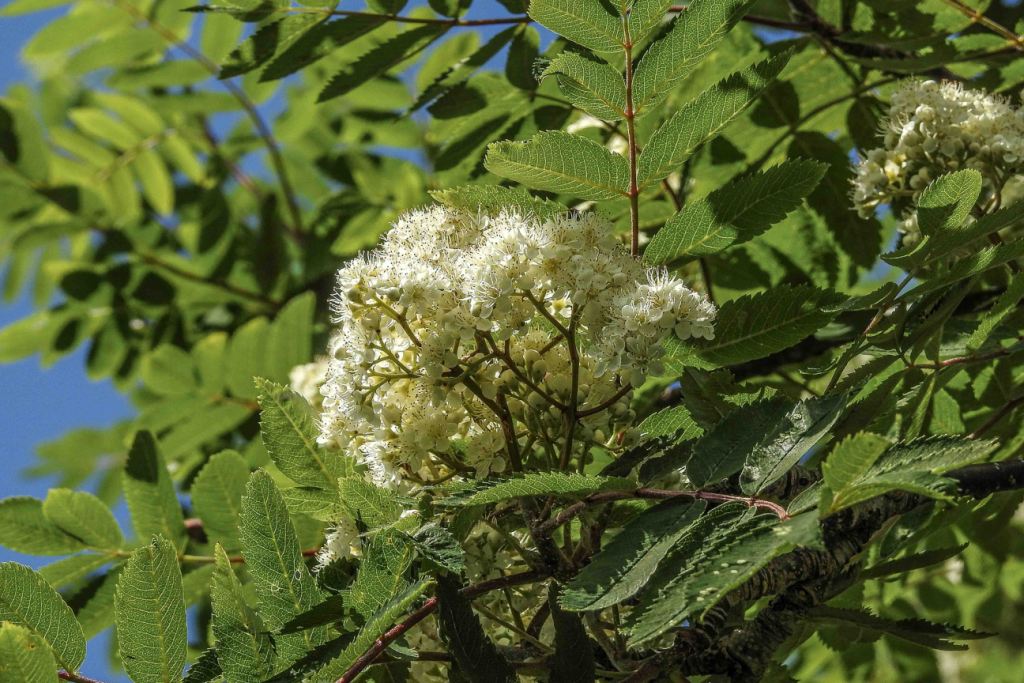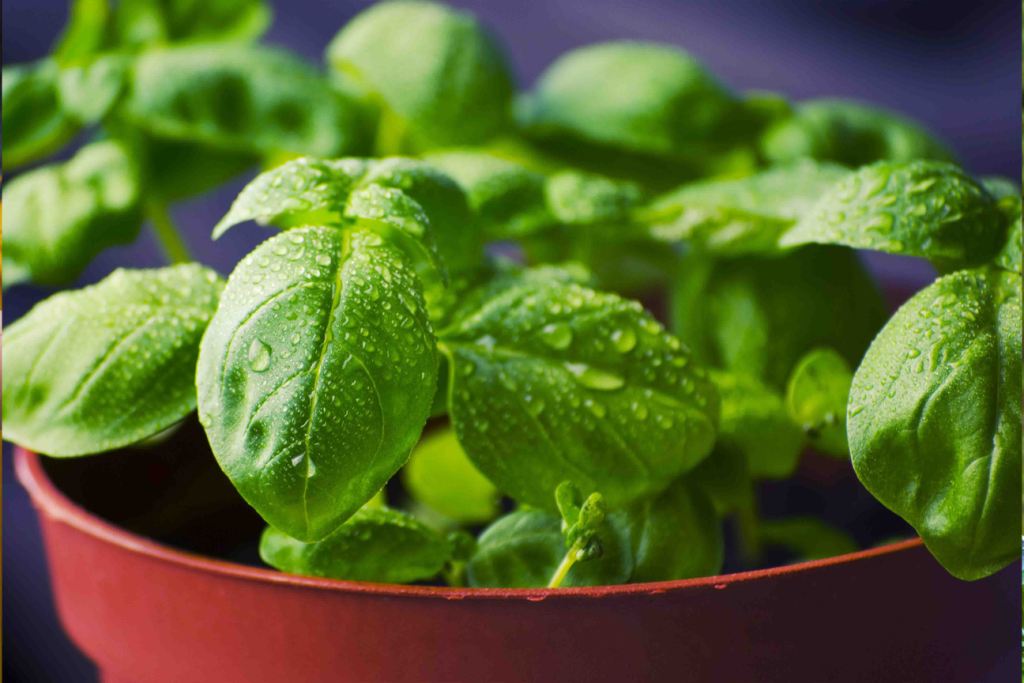Dealing with Emerald Ash Borers
Dealing with Emerald Ash Borers
By Erna
“The greater the obstacle, the more glory in overcoming it.”
-Molière
Trees are a commitment that we are delighted to bring into our yards. Unlike annual flowers and shrubs where we can have fun with the seasonal changes and trends, trees are a lasting legacy in our homes. With all the love, care, and investment that we pour into them, it can be devastating to see them get sick. Ash trees,

in particular, are facing a plague of pests causing damage at alarming rates in North America. With trees struggling everywhere, it’s time that we had a look at public enemy number one: Emerald Ash Borers.
Emerald Ash Borers
The Emerald Ash Borer is actually native to Asia, not North America. Most experts suspect that the beetles first made the journey across the ocean in untreated wood at some point in the 1990s. It took a little while for them to be recognized, but by that point, they had already set to work getting established and infecting more trees.

These beetles cause their damage by living up to their name boring in and out of our trees. They begin their lives as eggs, laid by an adult beetle in the bark of a tree in the spring and early summer. Once these eggs hatch, the larvae burrow from their shallow homes under the scales and in cracks of bark towards the centre of the tree. After a few years, the larvae become adults, who will bore their way back out. These fully grown adults then make their way to new trees to start the cycle all over again.
The adult borers are easy enough to spot – they’re big and metallic, looking almost like a blue-green grasshopper. The larvae are also pretty noticeable at 8-14mm long, but these cream and brown grubs are often buried deep in the wood of Ash trees, so you wouldn’t be likely to spot one without digging.
How They Do Their Damage
These borers most obviously cause trouble for your trees with the damage they do when burrowing deep into their timber. As they create these tunnels into the wood of your Ash tree, they eat the inner bark. These tunnels disrupt the tree’s ability to circulate water, nutrients, and sugars where they need to go. Without these vital circulation highways inside the tree, part of the plant starts to die.
The problem becomes more significant due to this pest’s ability to spread. A single Borer can travel up to 20 km in a single year. Because of this, an infestation can easily spread from one tree to another, even if they are quite far apart. Their natural abilities to


to spread are unfortunately boosted by human movement, where they can be transported in an infected tree that is cut and moved elsewhere.
Dealing with Them
Since they made their way to Canada, the Emerald Ash Borers have destroyed millions of ash trees. It’s easy for them to spread unchecked, as they don’t have many natural predators over here. Unlike the trees of their native Asia, our Ash have very little resistance to them, and our frigid Manitoba

winters don’t seem to curb the populations, either.
But it isn’t time to lose all hope and resign your trees to pests. There are still options to tackle Ash Borers before they do irreparable damage to trees that hold a special spot in your heart and yard:
Spot them early: The first way to prevent borer damage is to catch them early on. This can be a bit challenging as they spend so much time under the surface of our trees, but your tree might show early signs of being infected. Look for trees with thinning or dead branches, or those with withering or chewed leaves. Check your tree for any cracks in the bark where they could get access or even an increase in woodpecker or squirrel activity. To confirm your suspicions, remove a small section of your tree’s bark to look for the telltale ant farm tunnels that borers will leave behind.
Neem seed insecticides (not neem oil) are an effective tool against these tricky pests. These can be injected into the base of the tree to be carried through their circulatory system, killing of larvae as it is distributed around the tree. This is the most effective, proven method to combat an Emerald Borer problem of a small scale.
Other methods, like Emerald Ash Borer Traps that use pheromones, or using natural predators, parasitic wasps, are sometimes used on a larger scale for widespread infestations but are still being researched and developed.
Destroying infested wood is the last, and very important final step in controlling Emerald Ash Borer populations. Don’t transport any wood that could contain these pests, but instead burn it onsite to prevent the beetles from spreading elsewhere.
Since they arrived by accident on North American soils, Emerald Ash Borers have been terrorizing our beloved trees. While we’ve already lost millions of trees, we still have the ability to work to minimize further damage by being more educated about how these pests work, how to deal with them, and how to prevent spreading them. Your trees are an important legacy and part of your home and yard, so it is important that you have the tools to protect them.






















































